Southern Tuscany: 5 experiences in Bolgheri, Massa Marittima and Populonia is written by Jacob Gowland Jørgensen. The editors were invited by DANITACOM, the Italian Chamber of Commerce. All opinions are, as always, those of the editors.

The overlooked southern Tuscany: Bolgheri, Castiglione and Follonica
Southern Tuscany is close to well-known cities such as Pisa, Siena and Florence, and yet something completely different.
The areas of Grosseto and Livorno are full of beautiful mountain towns, cultural gems and fortresses such as Bolgheri, Castiglione, Castagneto Carducci and Massa Marittima.
The whole area is collectively called the Maremma.
Here in Maremma are the well-known Tuscan hills and cypresses, but also fine, long sandy beaches at, for example, San Vincenzo and Follonica.
In southern Tuscany you can look to the historic and beautiful island of Elba, where Napoleon was exiled, and on a good day you can even see French Corsica on the horizon. There are ferries to both islands, so you can easily combine it all.
And then there is the food, which is Italian at its best. And the wine, of course. Hundreds of vineyards and wine castles are connected by Strada del Vino Costa degli Etruschi, the local wine route in Tuscany in an area where wine has been grown for 2.500 years.
So southern Tuscany is all the good things you associate with Tuscany, just without the many foreign tourists who mainly visit the northern part of Tuscany.
Therefore, here you get 5 experiences we can recommend, based on my own travels in the area.
Populonia and Golfo di Baratti: Etruscan pearls of southern Tuscany
An obvious place to start in the area is at Populonia in the southwest corner, right outside havet against Gulf of Baratti, Baratti Bay. People have lived here long before our era, and it is still visible today.
The name Populonia derives from the name of the local wine god, Fufluns, who was worshiped by the Etruscans, who were the great people of central Italy before the arrival of the Romans.
The Castello Di Populonia itself is a beautifully restored fortification with a classic defense tower, dating back to the 1100th century. It is all owned by a local family, and you can therefore both eat here, hold your wedding and rent an apartment with a phenomenal view, which you can also get up in the tower. Just stay away from the month of August, when everything is expensive, hot and overrun, while the rest of the year there are far fewer visitors.
It is also here in the small castle village of Populonia that the small and really nice museum is located, where 2.500-year-old and well-preserved coins are found. And then they also have the predecessor for our wine glasses, and not least an antique grater for cheese, because making good cheese is definitely not a new invention. The Etruscans, in turn, also tore the cheese over their wine, where today we would probably keep it separate while eating it. But wine and cheese will still last.
The castle towers over the coast, and down towards the water there is an area that will make any history buff absolutely crazy.
Populonia Archaeological Park is a walkable necropolis area with a multitude of burial mounds. The city of the dead is one of several burial grounds where first the Etruscans and later the Romans built temples and the final resting places for their families.
You can enter several of the mounds, which are incredibly well preserved because the area was an industrial area! Yes, it may sound contradictory, but in this area before our era there was a huge iron production for many hundreds of years, and the remains from that work were thrown on top of the city of the dead. In total, there were 7 meters of iron slag, and it is a pretty good protection against wind and weather.
The area was rediscovered for the same reason: During World War 1, a lot of iron had to be used quickly, and the 2000-year-old iron remains were exploited, and thus the historical area below was found.
We had a really skilled guide who brought the stories and places to life in fine English. And if you want to wander around yourself, you can easily do that too, including on marked paths where you can find burial sites in the rocks, and you can even walk on the beach and enjoy the sand.
Populonia is something as rare as a place where most people will be able to find something interesting.
Castagneto Carducci and Bolgheri
A plate appetizer lands on the table.
The small, delicate dishes of Italian sausage, pate and cheese are begging to be eaten, and I am happy to help. The waiter finds wines, and with a smile she serves the local drops. This must be it Dolce vita – the sweet life – here in southern Tuscany.
Bolgheri lies at the head of a several kilometer long all lined with cypresses, and up on top of the hill sits the fine fortress town with a classic tower.
Here in Bolgheri, we sit in the middle of the square, in 24 degree heat at the end of October, and enjoy life while the lunch gets us going. There are classic autumn dishes on the menu, so there is, for example, wild boar pasta and simmered dishes with beef, and all at prices that are well below what I remember the prices in Florence.
We walk around the tiny, cozy town and warm ourselves in the sun.
Castagneto Carducci is only 14 km from Bolgheri, but is a somewhat different type of town. It is also up on a hill, but is somewhat larger, and contains a nice number of delicatessens.
Freshly pressed olive oil from Cerreta 1848 is in a league of its own, and it can be tasted in the family's small greengrocer's shop with a view of the mountains, where you just want to move in and stay. They only press their own olives, and the color and taste are completely unique in a good way.
We will also pass by the old liqueur shop, where they, as tasters, e.g. uses the tree quinine, which was once used to treat the malaria that was in the area. Drink and stay healthy!
If that doesn't work, you can go to the chili shop Peperita, where locally grown chilies are turned into all sorts of good and strong things. They are divided into chillies from strength 1-17, where the strongest, a Carolina Reaper, will definitely make you remember the wise words of Chili-Claus when you taste the strongest chilies: Remember that someone loves you.
And speaking of food: Italian ice cream, gelato, is definitely also something to test. Preferably several times, and in Castagneto Carducci it also succeeds. The city is also named after a poet, and it is very appropriate for such a poetic city with so many good tastes.
Wine at the castle: Petra Winery and Rocca di Frassinello
As long as there have been cities here, there has been wine production, and in recent years several new wine castles have been added. Sangioveto, Syrah, Cabernet Sauvignon, Merlot and Cabernet Franc are grown here.
Petra Winery and Rocca di Frassinello are two of the most important new wine castles, combining local wine production with international knowledge and architecture. To visit a wine castle today has to be a total experience, and it certainly is.
Petra Winery looks like a Mayan pyramid landed on a vineyard in southern Tuscany. It's actually as fascinating as it sounds!
Designed by the world-famous architect Mario Botta, Petra Winery is both a welcome center and where the wine is produced and stored.
In the middle of the wine temple, a cathedral-like cellar has been built, where the barrels lie and enjoy themselves, and turn into excellent Italian wines. Their signature wine is actually just called Petra, and is a powerful wine with a punch, and absolutely perfect for the local wild boar pasta or risotto with mushrooms.
Petra Winery is a piece of equipment in architecture and wines, and it is definitely an experience.
Rocca di Frassinello is quite different from Petra Winery. It is also a new wine castle, where magnificent architecture and local wine production go hand in hand, but the atmosphere is different.
Here is a gigantic roof terrace where you can soak up the sun and have barbecue food in the summer. There are burnt earth colors ad libitum that give a warmth and atmosphere that quickly makes you feel at home.
Rocca di Frassinello is built into the hills, and from the roof terrace there is the finest view of the area. Down in the wine cellar there is also drama, because here the wine barrels lie in a theater setup, where all the barrels face a stage in the middle. It is both spectacular and beautiful.
Of course, the wine still plays first violin, and their large selection is quite unconventional for an Italian wine house.
They have a close collaboration with the French Domaine Barons de Rothschild, and therefore create wines that are inspired by the Bordeaux wines. The traditional rivalry between France and Italy over who is the best wine country has been replaced here by a fusion and utilization of common resources and the love of the grapes. And the result can of course be tasted.
Castiglione della Pescaia: Beach and culture in one
Castiglione della Pescaia is a rather unique town on the coast.
Here there is an old and very cozy town center on the hill, with a tower and a view over the bay. And down at the foot of the town there is a fine sandy beach, and not far from there a large wetland, the Diaccia Botrona nature reserve.
This wetland in the Maremma area is the reason why the oldest cities were located on the hilltops, because the malaria mosquitoes from the area killed those who tried to settle on the coast. It was only in the 1940s that the disease was overcome, and today it is an idyllic area that you can easily visit.
In Diaccia Botron there are lots of birds in flocks, and the flamingos are seen everywhere. You may be lucky enough to join a boat trip in the area of the canals, and otherwise it can also be enjoyed from the museum at the entrance.
Castiglione della Pescaia is primarily visited by Italian tourists, and therefore you will also find a rather cozy and local atmosphere. There are mainly small hotels and apartments that suit the town and its history in southern Tuscany.
Massa Marittima: The Medici were also here
Massa Marittima is one of the cultural pearls of the Maremma. The famous Medici family, who made Florence the city of culture it is, also came here, and they left their mark.
Massa Marittima itself is not particularly large, and you can easily walk around it, but it contains churches, towers and defenses that can match well with much larger and more well-known cities. And since it is not so well known, you get far more for yourself.
The cathedral is on the main square, and the small roads lead to the defenses themselves, which can be climbed. Through an ingenious defense system, you could defend yourself both against external enemies and the neighbours, as one of the gates separates two quite different parts of the city, which were not always on good terms.
Most of the city is very well preserved and here too you can get an excellent one gelato, because an ice cream always fits in on a trip to Italy.
Massa Marittima is definitely worth recommending for a shot of classic Italian culture.
Follonica near Grosseto: Beachside living in southern Tuscany
The great thing about living in southern Tuscany is that you can live directly on the beach, and still in an area full of excursion opportunities.
We lived on The Sense Resort, which is a fairly new hotel in a small forest by the beach. Here there is everything you could wish for, and even though we were there out of season, it was well visited.
The Sense Resort is located at Follonica at the southern end of the Maremma area. There is also the well-known seaside resort of San Vincenzo and a string of smaller seaside towns along the long sandy beaches.
You can get here by flying to Pisa, Florence or even Rome, which can be an obvious choice as there are often direct flights and very good connections to Tuscany.
Good trip to Bolgheri, Massa Marittima and Populonia in Tuscany
Have a good trip to Bolgheri and the other nice places in the beautiful area, which even in late autumn can have fantastic weather. The video above was, for example, made in 24 degree heat in November, when lunch could be eaten in Bolgheri outdoors on the square.
Italy is always worth a trip.









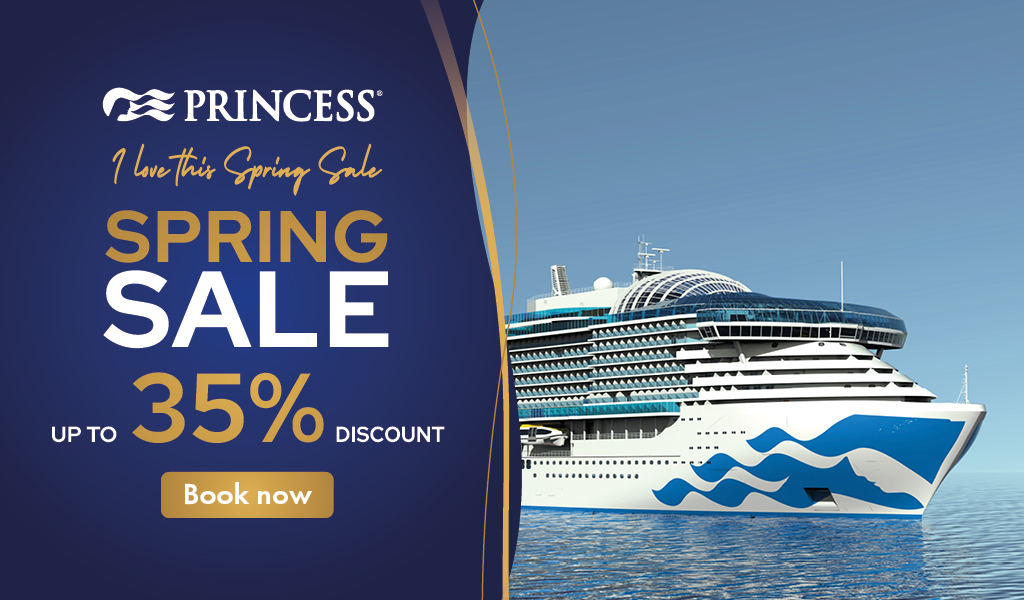


















































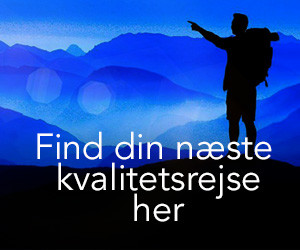


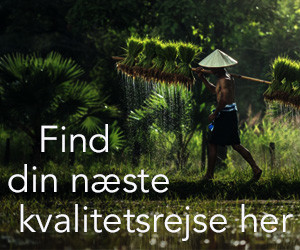










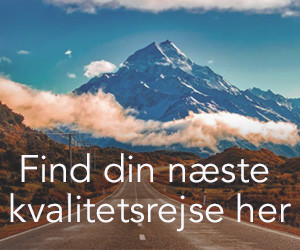

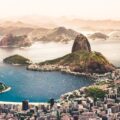
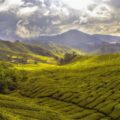
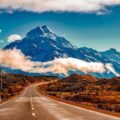


Super nice article 🙂
Thanks, Charlotte!